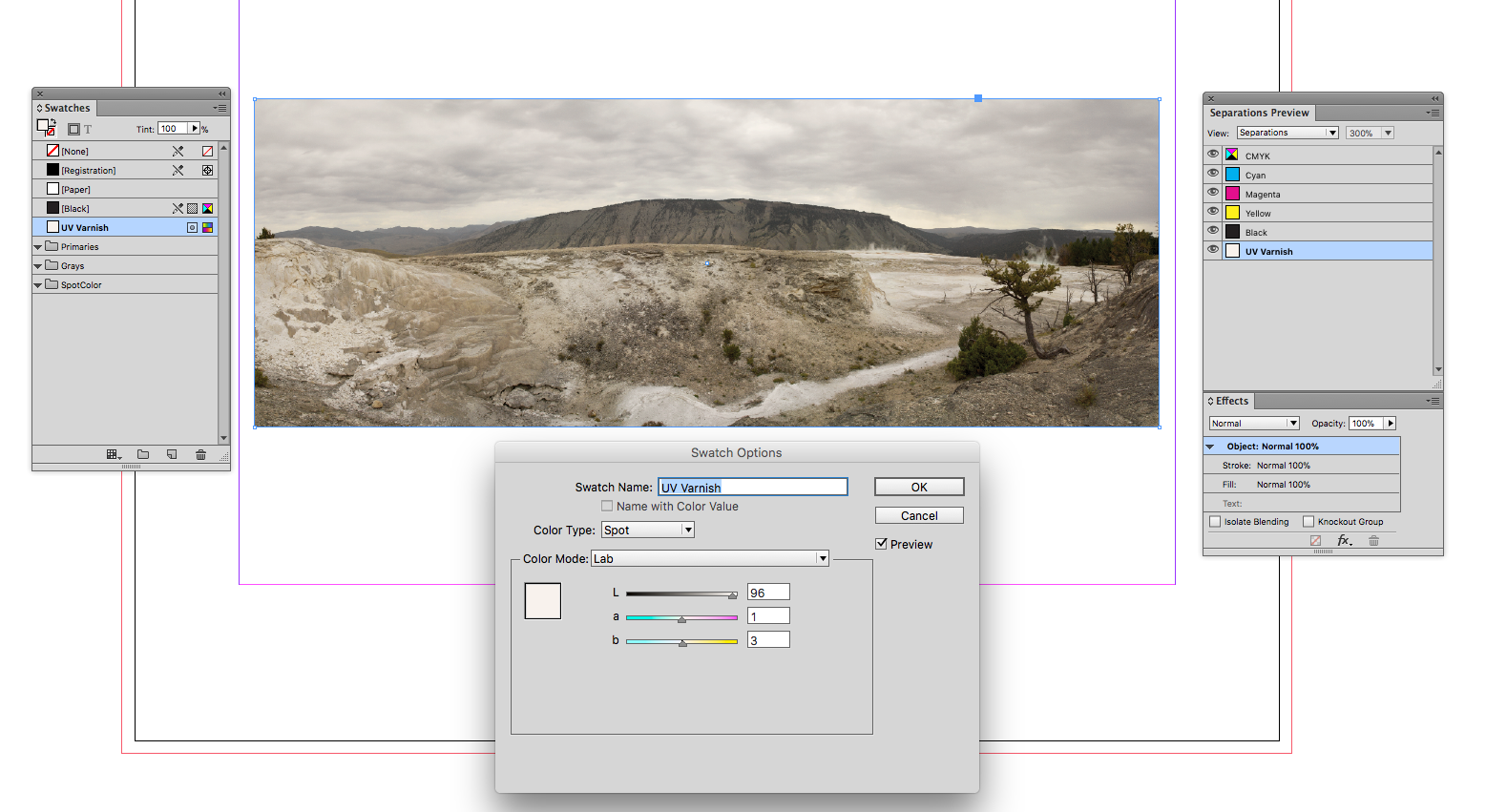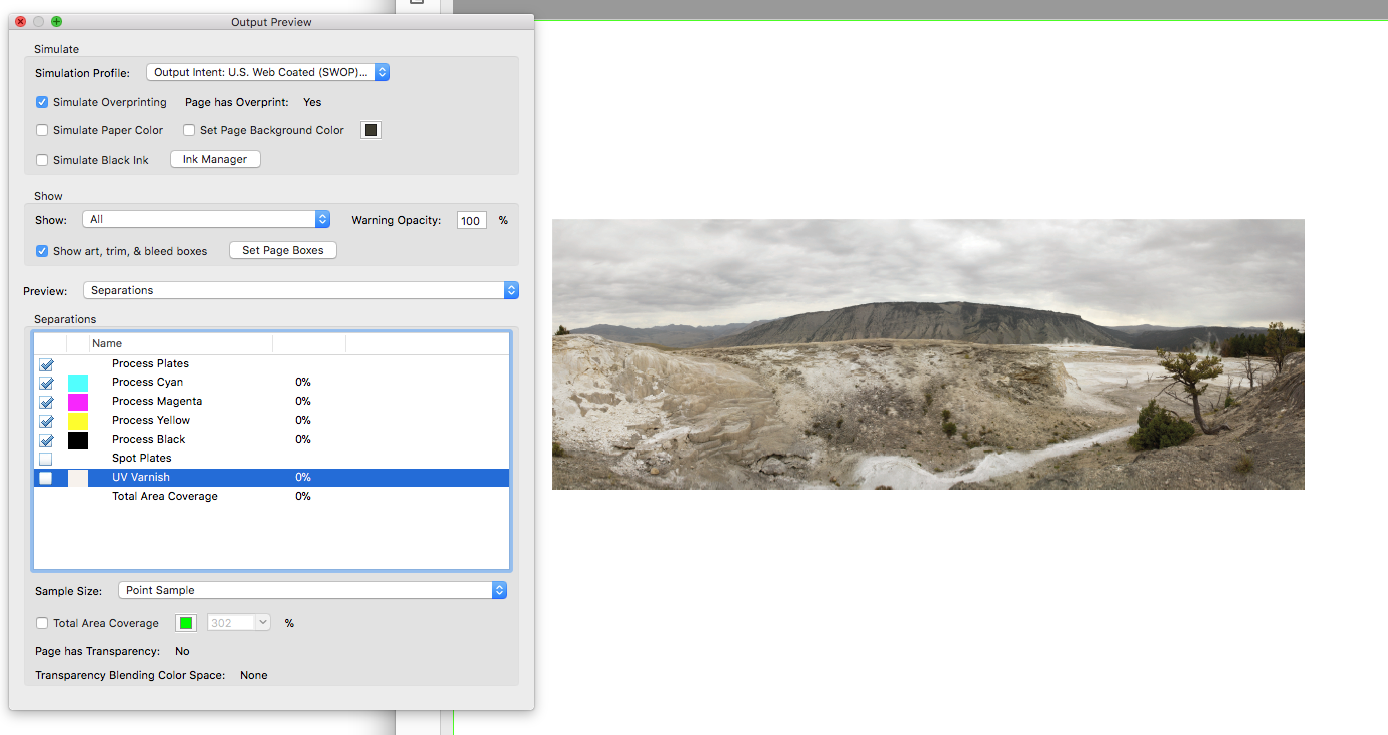- Home
- InDesign
- Discussions
- Re: spot uv to product image indesign
- Re: spot uv to product image indesign
Copy link to clipboard
Copied
Hi there,
I am creating package artwork in indesign, which has product images (.tif format) that require a uv varnish over the top of them once printed.
I am familiar with the over-print function except just unsure how to properly set up the file so that once exported as print ready file - it will recognise that there is spot uv varnish over some images.
Can anyone assist with this?
Thank you!
 1 Correct answer
1 Correct answer
One way - if the spot varnish is for the full image frame only, you could duplicate the frame, remove the contents in the duplicate, fill the duplicate frame with the spot colour called "SPOT UV" (or whatever you're going to call the spot colour) and in the attributes panel, set the fill to overprint.
Another way if the spot varnish is for an image that is contoured would be to have a photoshop-based solution. That is, in Photoshop, make a spot channel with an appropriate colour name, create the
...Copy link to clipboard
Copied
One way - if the spot varnish is for the full image frame only, you could duplicate the frame, remove the contents in the duplicate, fill the duplicate frame with the spot colour called "SPOT UV" (or whatever you're going to call the spot colour) and in the attributes panel, set the fill to overprint.
Another way if the spot varnish is for an image that is contoured would be to have a photoshop-based solution. That is, in Photoshop, make a spot channel with an appropriate colour name, create the appropriate mask, save the image as a PSD rather than a tif and import into InDesign.
If you're not printing this yourself but are handing it onto a third party provider such as a commercial printer, ask them in the first instance what their preference for creating spot UV would be.
Copy link to clipboard
Copied
https://forums.adobe.com/people/Colin+Flashman wrote
If you're not printing this yourself but are handing it onto a third party provider such as a commercial printer, ask them in the first instance what their preference for creating spot UV would be.
A thousand times, THIS!
Really don't spend any time trying to come up with a solution on this without consulting the printer.
At least where I work, we prefer to do this for you.
Copy link to clipboard
Copied
I am familiar with the over-print function except just unsure how to properly set up the file
Another option is to set the fill of the image's parent frame to the spot color and set the image to multiply. In that case you don't have to create another frame set to overprint.

The export to PDF/X


Copy link to clipboard
Copied
I've made a free script to automate varnishing images. Have a look: https://www.marspremedia.com/software/indesign/varnish-images
Find more inspiration, events, and resources on the new Adobe Community
Explore Now
